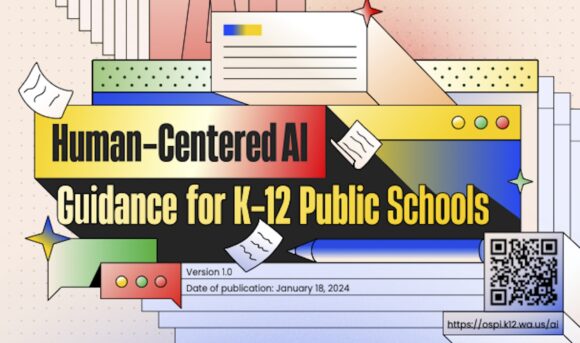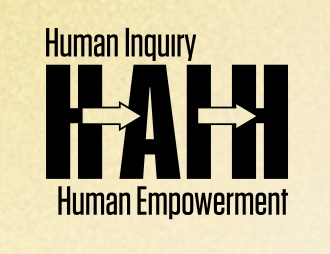
Washington State Releases K12 AI Guidance
I am proud to announce the first of many documents being released by the @waospi on guidance for K12 educators in the state of Washington.
Of course this type of guidance starts with state level leadership and Chris Reykdal has set the bar high for the state of Washington educators and students.
This is just the first of many documents that will be coming from the AI Committee that I am honored to be co-facilitating in doing this work. I wanted to point out some of my favorite parts of the document as it is now.
All of the guidance that is coming out at the state and national levels is going to be pretty similar. We’re all using the same research from UNESCO, the Dept. of Education, and Teachai just to name a few. What is going to be different however, is the tone behind the guidance. Which states and nations are willing to take this new technology head-on and which are going to be more cautious in their recommendations. When you have leadership at the state level that puts out statements such as:
“This is our moment, Washingtonians, to lead the country and to lead the globe,” Reykdal said. “Washington is home to some of our most cutting-edge technologies and innovations, and it’s only fitting that our students will be on the forefront of the implementation of artificial intelligence for learning, creativity, and production.”
Chris Reykdal – Superintendent of Public Instruction
It sets the tone for the guidance that will continue to roll out moving forward.
Some of my favorite parts about our vision and guidance in this document are as follows:

- Taking a human centric approach: With our H – AI – H approach or Human Inquiry – AI usage – Human Empowerment we set a framework for how AI should be used within the educational setting (and I would argue outside it as well). The forthcoming resources will expand on this idea and guide educators in using AI in a way that empowers them as educators and students as learners within the learning process.
- On page 11 of the guidance are two of my favorite bullet points that I’m not sure I’ve seen in other state guidance so far. I mean I like them all, but these two:
- Avoiding sole reliance on the use of “AI detection” tools in checking for student plagiarism. These tools often use data that is biased against students who are multilingual/English language learners.
- Prepare students for jobs of the future, including those in career and technical education (CTE) programs, by partnering with industry to update and integrate learning standards.
are my two favorites. I get asked A LOT in trainings about AI detection tools and I am glad that we’re following the lead of universities in not recommending its use in the classroom. Rather than rely on these tools we need to rethink the process and what we ask students to produce. Within the time frame of one full day of training, I can get teachers to think about assessing prompts over products. Which is a start to the shift that is needed.
CTE programs hold a special place in my heart. My dad being a CTE teacher for most of his career teaching FFA, Welding, Greenhouse management, and the likes probably has something to do with that. Growing up on a farm, having a brother who still farms and owning a real estate investing company also probably has something to do with it. So I’m excited to see CTE programs specifically called out in the documents. To learn more on how AI can be leveraged in CTE courses check out this webinar I did for Harbor Freight Tools for Schools in support of CTE educators.
Another bullet point I am happy to see made it into this round of guidance is under the PD section:
- Empower teachers to generate curriculum using open educational resources provided by OSPI (Washington OER Hub)
We already have school districts in Washington State who are looking at replacing purchasing curriculum resources with custom GPTs trained specifically on that district’s approach to learning. At a training I was doing for district leaders, we were just 3 hours in when the Director of Teaching and Learning came up to me and asked:
“Why am I about to drop $1.7 million on a new ELA curriculum that our teachers are not excited about, when we could create a GPT that is trained on OUR power standards, a UDL approach, and state OER resources that are customized specifically to our wants and needs as a district?”
With the announcement of ChatGPT Teams this week…that idea is quickly becoming a reality.
This guidance is just the beginning. In the coming weeks will be a checklist for school leaders to use to start thinking about what policies need to be updated and what conversations need to start happening within schools if they aren’t already. Also coming is a FAQ document that answers some of the most pressing questions from school leaders and IT directors. We’re already hard at work also on guidance for classroom and student learning that will take this H – AI – H approach and start breaking it down into what conversations we can have with students and how to frame the use of AI so that we take a human-centered approach to learning.
Stay tuned for more and in the meantime feedback welcomed!






